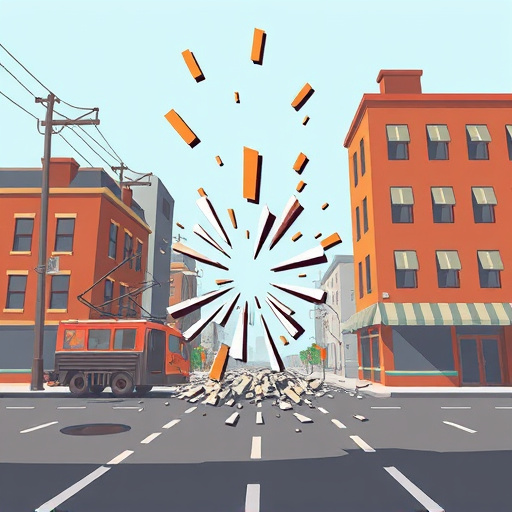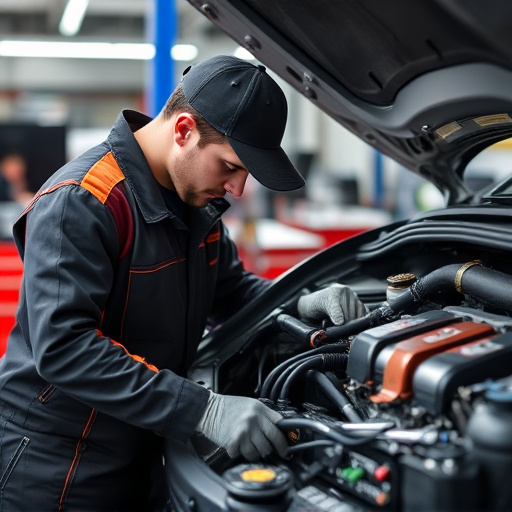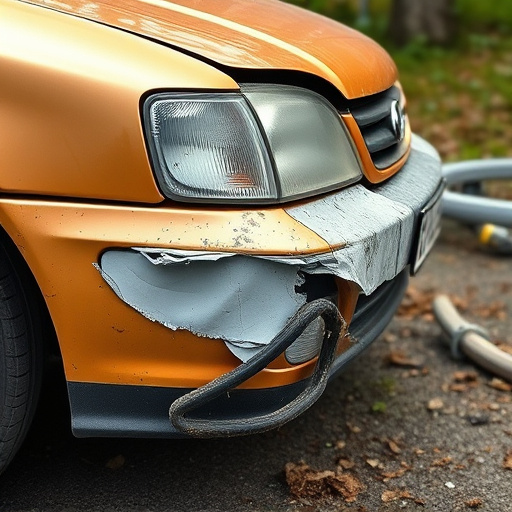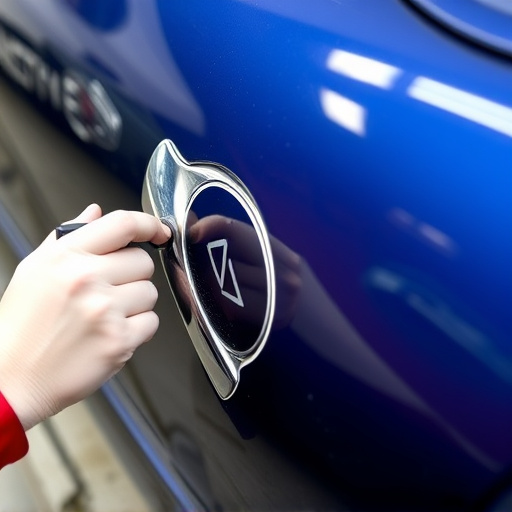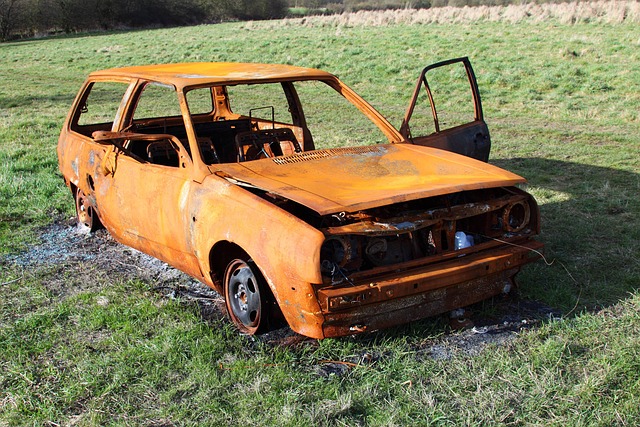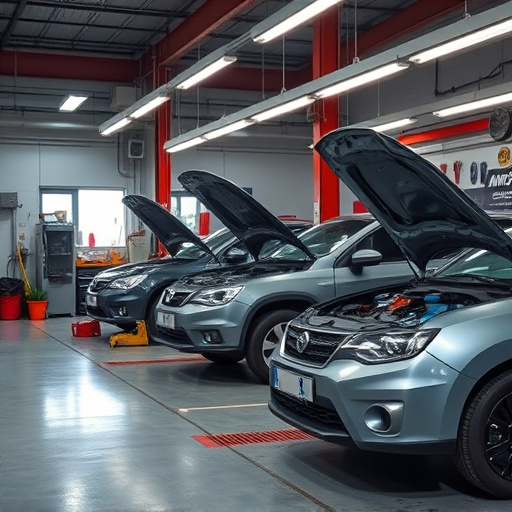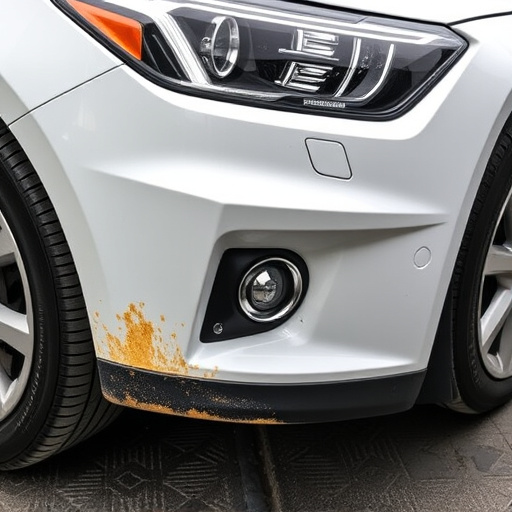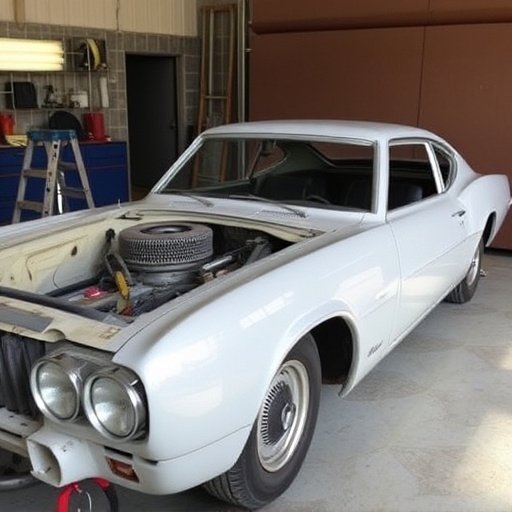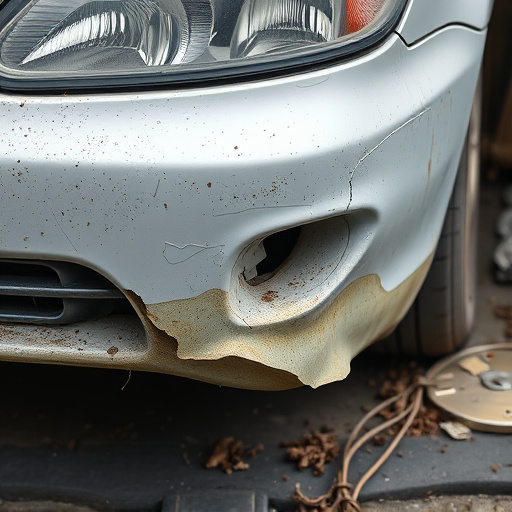The brake system collision check is a critical process using advanced tools to inspect and assess braking systems post-collision, ensuring safer cars on the road. By scanning vehicle computer systems and sensor data, mechanics detect subtle damage, pinpoint problems accurately, and make faster repairs compared to manual methods. This transparent approach builds trust between specialists and customers. Implementation streamlines auto body restoration and collision repair processes, reducing delays and misdiagnoses. As a result, customers get their cars back quicker, enhancing satisfaction while repair shops optimize operations. Future advancements include improved paint repair techniques for a comprehensive, high-quality restoration experience.
The brake system collision check is a game-changer in automotive repair, streamlining the approval process and reducing turnaround times. This innovative feature enables mechanics to swiftly assess and document post-collision damage to brakes, ensuring faster, more accurate repairs. By providing a detailed snapshot of the brake system’s condition, this check facilitates efficient decision-making, leading to quicker approvals and reduced costs for both workshops and insurance providers. In this article, we explore its benefits, best practices, and future implications.
- Understanding Brake System Collision Check
- The Impact on Repair Approval Efficiency
- Best Practices and Future Implications
Understanding Brake System Collision Check

The brake system collision check is a critical process that plays a pivotal role in streamlining vehicle body repair and ensuring safer cars on the road. This advanced technology goes beyond merely inspecting brakes; it meticulously assesses the entire brake system, identifying any potential issues or discrepancies following a collision. By employing specialized diagnostic tools, mechanics can detect even subtle damage, ranging from warped rotors to compromised calipers, which could impact braking performance.
This check is not just about aesthetics; it’s a critical step in auto repair services that addresses safety head-on. The process involves a detailed scan of the vehicle’s computer systems and sensor data, providing a comprehensive view of the brake system’s health. This data allows mechanics to pinpoint problems accurately, facilitating faster and more effective repairs, especially when compared to traditional manual inspections. Moreover, understanding the intricacies of a brake system collision check empowers auto repair specialists to offer customers transparent insights into their vehicle’s condition, promoting trust in the repair process.
The Impact on Repair Approval Efficiency

The implementation of a brake system collision check as part of the initial assessment process significantly boosts efficiency in the approval stage of auto body restoration and vehicle collision repair. By thoroughly examining the state of the brake system, technicians can quickly identify any discrepancies or damage that could impact the overall safety and performance of the vehicle. This proactive approach reduces the likelihood of delays caused by unexpected issues, ensuring a smoother path to approval.
The data gathered from these checks provides concrete evidence for insurance assessors and repair facilities to make informed decisions. As a result, repairs can be authorized more swiftly, allowing customers to get their cars back on the road faster. This not only enhances customer satisfaction but also contributes to the overall efficiency of car collision repair services, streamlining operations within repair shops.
Best Practices and Future Implications

The implementation of a comprehensive brake system collision check is revolutionizing the auto repair industry by streamlining the approval process for repairs, especially in collision centers. Best practices involve utilizing advanced diagnostic tools to meticulously assess vehicle damage, including intricate brake components. This data-driven approach ensures that only necessary repairs are authorized, reducing costly misdiagnoses.
Looking ahead, the integration of this technology into everyday auto repair services holds significant potential. It could enhance customer satisfaction by expediting collision repairs and ensuring top-quality outcomes. Moreover, with advancements in vehicle paint repair techniques, a seamless restoration of aesthetics can accompany structural integrity, providing a holistic experience for clients.
The implementation of the brake system collision check is a game-changer in streamlining repair approval processes. By providing accurate, real-time data on vehicle damage, this technology significantly reduces the time and effort required for initial assessments. As the automotive industry continues to evolve, adopting such innovative practices will be crucial in maintaining efficiency and ensuring faster road returns for vehicles involved in collisions. The future of repair approvals looks brighter with these advanced tools at our disposal.
